I’m a big fan of the local food idea. Eating food grown close to where you live saves a ton of gas, spares the environment, supports local growers, and puts fresher, more nutritious food on your table. If you live in Southern California or the southeastern U.S., the growing season is more or less year-round. But what about the rest of us?
Where I live in Maryland, for example, not much grows in the winter. So how do we get our five-a-day without resorting to fruits and vegetables that have been trucked in from California or flown all the way from South America? Growing your own sprouts (or “micro-greens”) can provide you with fresh, crisp greens throughout the winter. And what could be more local than your own kitchen windowsill?
 All you need to grow your own sprouts is a couple of quart-sized jars, some cheesecloth or sprouting lids like the ones pictured here, along with a supply of seeds and beans for sprouting. You can find everything you need at your local health-food store or online. In three to five days, you’ll be harvesting your own fresh vegetables. I usually have two jars going: One with smaller “salad” sprouts like alfalfa, clover, radish, or broccoli sprouts and another with larger sprouts like lentils, sunflower seeds, mung beans or other legumes.
All you need to grow your own sprouts is a couple of quart-sized jars, some cheesecloth or sprouting lids like the ones pictured here, along with a supply of seeds and beans for sprouting. You can find everything you need at your local health-food store or online. In three to five days, you’ll be harvesting your own fresh vegetables. I usually have two jars going: One with smaller “salad” sprouts like alfalfa, clover, radish, or broccoli sprouts and another with larger sprouts like lentils, sunflower seeds, mung beans or other legumes.
The salad sprouts are rich in vitamins C, A, and K and a host of other nutrients. Broccoli sprouts also contain potent cancer-fighting chemicals. You can use salad sprouts in place of lettuce in sandwiches or wraps. We also love piling an inch or two of mixed salad sprouts on a slice of lightly buttered whole wheat bread.
The larger sprouts from beans and other legumes are particularly high in protein, fiber, folic acid and other B vitamins. Their heartier texture makes them good in soups, stir-fries, and omelets. If you are a baker, knead a half cup of sprouted sunflower seeds or wheat berries into whole-grain bread dough just before shaping your loaf. Or try some of these great, healthy recipes from Epicurious.com:
 Miso-Glazed Black Cod on Sprouted Sunflower Seeds (pictured)
Miso-Glazed Black Cod on Sprouted Sunflower Seeds (pictured)
Spinach and Sprout Salad
Marinated Halibut on Radish Sprout and Fennel Salad

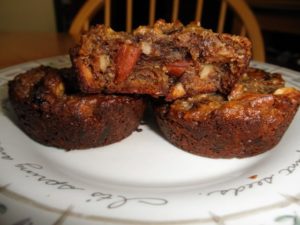 I make a batch of these almost every weekend to get us through the week. They are so much yummier than packaged energy bars! Let them cool completely before removing them from the muffin tin. They’re a little crumbly when they’re warm.
I make a batch of these almost every weekend to get us through the week. They are so much yummier than packaged energy bars! Let them cool completely before removing them from the muffin tin. They’re a little crumbly when they’re warm. 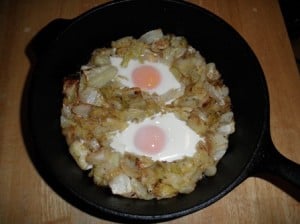
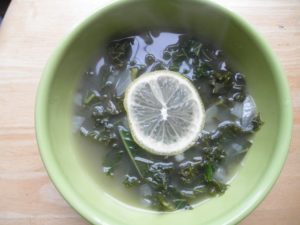 Kale Soup with Rice and Lemon Makes 4 servings The bright touch of lemon in this soup is like a little ray of sunshine on a winter’s day. The soup also manages to be hearty without weighing you down. Unlike most soups, which taste better the next day, this one is really best the day it’s made.
Kale Soup with Rice and Lemon Makes 4 servings The bright touch of lemon in this soup is like a little ray of sunshine on a winter’s day. The soup also manages to be hearty without weighing you down. Unlike most soups, which taste better the next day, this one is really best the day it’s made.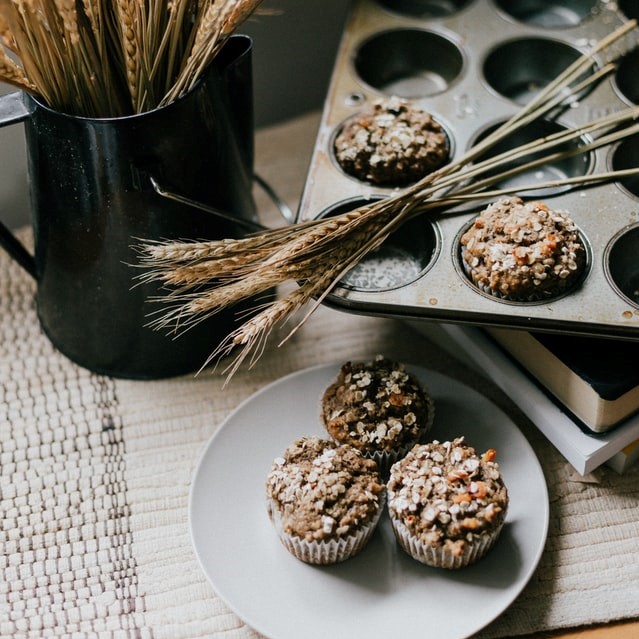 Substituting whole wheat flour for white flour in baked goods such as quick breads, muffins, or pancakes can make these treats more nutritious. But unless the recipes have been specifically developed for whole wheat flour, the substitution can also turn your goodies into leaden lumps.
Substituting whole wheat flour for white flour in baked goods such as quick breads, muffins, or pancakes can make these treats more nutritious. But unless the recipes have been specifically developed for whole wheat flour, the substitution can also turn your goodies into leaden lumps.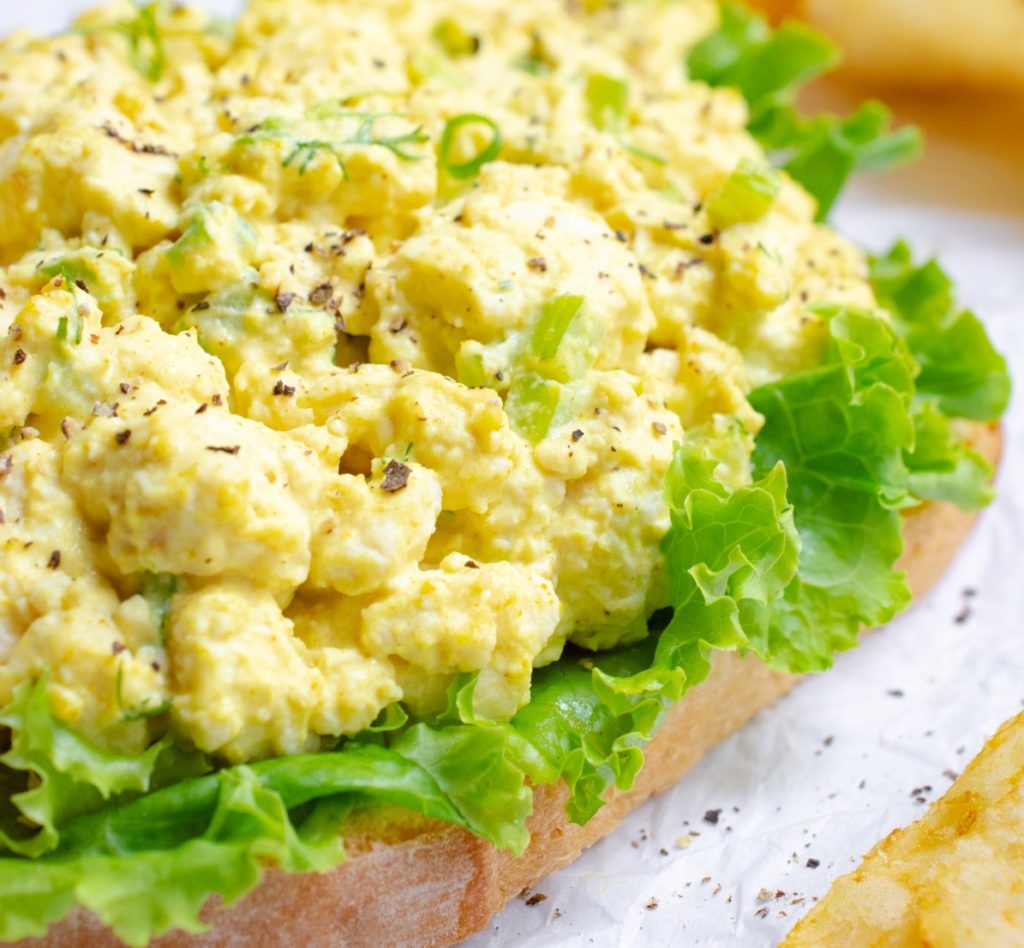 If a recipe calls for tofu, it’s important to note whether regular or “silken” tofu is called for. They are not interchangeable. Silken tofu is softer and more fragile. It’s used in miso soup, and it’s often used to impart a creamy texture in dairy-free recipes for salad dressings, puddings, pies, and other desserts. Regular tofu has a slightly coarser texture and holds its shape better. You’ll find it used in stir-fries and grilled and baked dishes.
If a recipe calls for tofu, it’s important to note whether regular or “silken” tofu is called for. They are not interchangeable. Silken tofu is softer and more fragile. It’s used in miso soup, and it’s often used to impart a creamy texture in dairy-free recipes for salad dressings, puddings, pies, and other desserts. Regular tofu has a slightly coarser texture and holds its shape better. You’ll find it used in stir-fries and grilled and baked dishes.